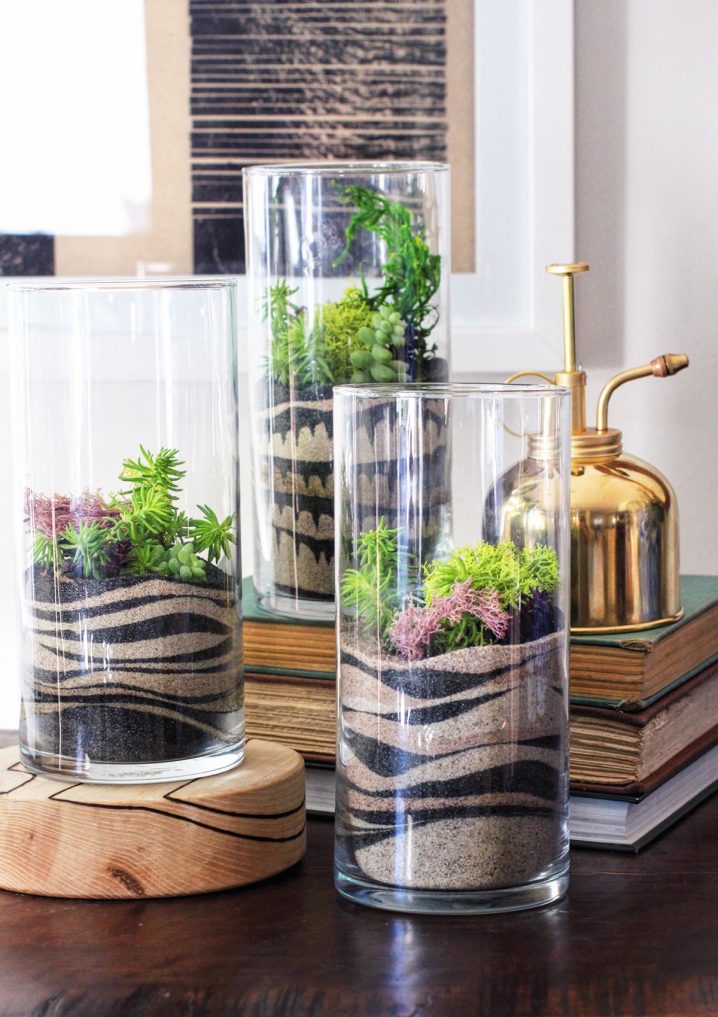The Art Of Terrarium Gardening A Beginners Guide
Welcome to the wonderful world of DIY nature art! If you're looking for a new way to bring some greenery into your space, look no further than the charming and low-maintenance terrarium. These tiny, enclosed ecosystems can be crafted with endless variations to suit your personal style, and they're the perfect way to keep a bit of nature close at hand even if you don't have much of an outdoor space to speak of.

How to Make a Terrarium
Before we dive into the details of designing and planting your own terrarium, let's take a moment to gather our materials. Here's what you'll need:
- A clear glass vessel (a jar, vase, or fishbowl will do)
- Potting soil
- Small stones (for drainage)
- Activated charcoal (for filtering)
- Moss or pebbles (for decoration)
- Assorted plants
Once you have your supplies assembled, you're ready to start creating! Here's a basic step-by-step guide to get you started:
- Add a layer of small stones to the bottom of your vessel to provide drainage for your plants.
- Add a layer of activated charcoal over the stones to help filter the water and keep your ecosystem healthy.
- Add a layer of potting soil over the charcoal.
- Add your plants! Arrange them in a pleasing manner, taking into account their size and growth habits.
- Add any decorative elements you like, such as moss or pebbles.
- Water your terrarium lightly (just a few tablespoons should be sufficient) and then seal the lid on your container.
And that's it! You now have a beautiful, personalized terrarium that will bring a bit of life to any room.
Tips & Tricks for Terrarium Care
While terrariums are generally quite low maintenance, there are a few things to keep in mind to ensure that your little ecosystem thrives:
- Choose the right container: When selecting a vessel for your terrarium, be sure to choose one that is clear, airtight, and has a lid. This will help create the enclosed environment necessary for the success of your plants.
- Choose the right plants: Not all plants will thrive in a terrarium environment. Look for plants that enjoy high humidity and low-light conditions, such as ferns, ivy, and moss.
- Water sparingly: Over-watering is the most common way terrariums fail. Keep an eye on the soil moisture level, and only water when the soil looks dry. When you do water, add just enough to moisten the soil, but don't let it get too soggy.
- Provide indirect light: While most terrarium-friendly plants prefer low-light conditions, they still need some sunlight to thrive. Place your terrarium in a bright spot, but just out of direct sunlight.
- Prune as needed: Keep an eye on your plants and trim back any that start to outgrow their space.
With these simple tips, your terrarium is sure to be a thriving, lush addition to your home decor.
We hope this guide has inspired you to give terrarium-making a try! With endless variations, each one is truly a work of art that will bring a bit of the natural world into your daily life. Happy crafting!





Post a Comment for "The Art Of Terrarium Gardening A Beginners Guide"